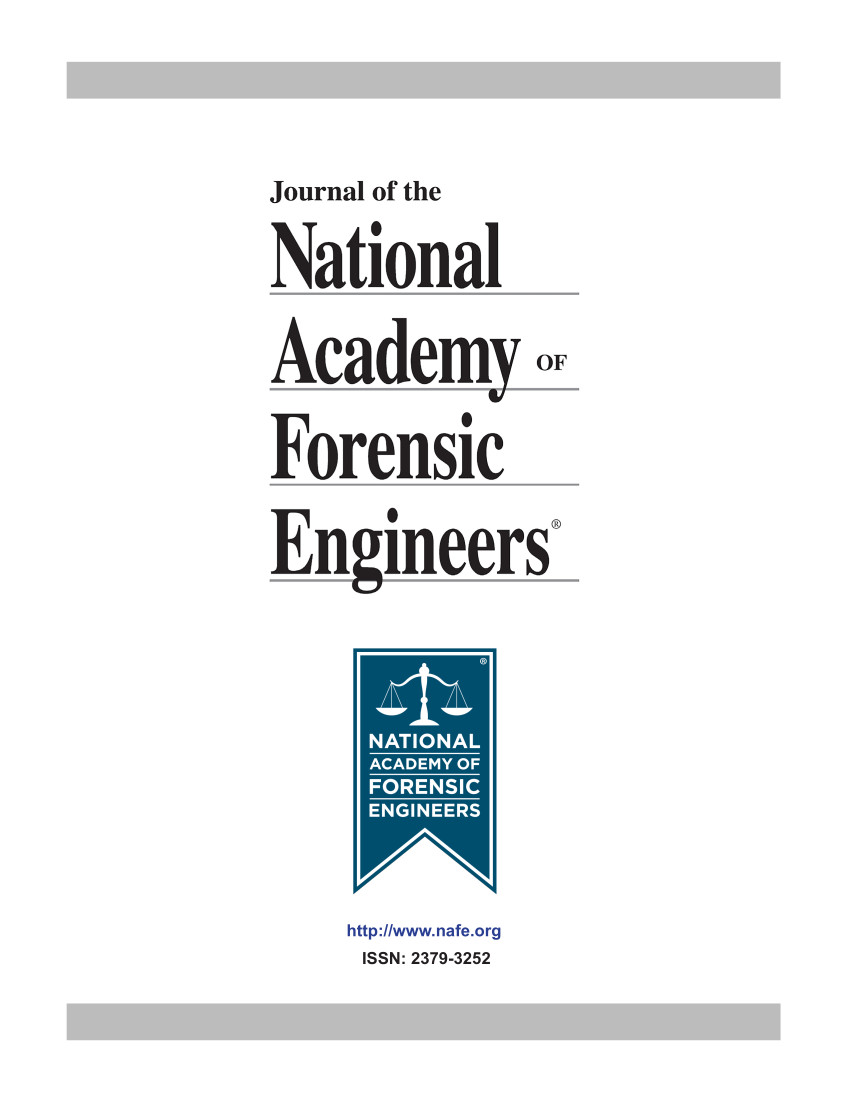The Effects Of Pretensioning Of 3-Point Safety Belts On Occupants In Rollover Crashes
DOI:
https://doi.org/10.51501/jotnafe.v14i2.550Keywords:
Occupant kinematics, restraintsAbstract
3-Point Safety Belts Are Designed And Provided With A Primary Objective Being To Control And Limit Occupant Motions Within The Vehicle. These Systems Function Differently In Different Accident Modes. In Frontal Impacts, The Safety Belts Primarily Limit Forward Occupant Motion Towards Interior Vehicle Components. In Rollover Crashes, The Belts Should Provide Both Restraint From Vertical Motion Towards Dangerous Upper Interior Contacts As Well As Prevent Ejection. Controlling The Severity Of The Occupants Second Collision Within The Vehicle Is Critical To Injury Reduction. This Paper Will Report On Our Continued Research In This Area, Concentrating On The Effects Of Belt Pretensioning In Rollovers.Published
1997-01-01
How to Cite
Meyer, Steven E. 1997. “The Effects Of Pretensioning Of 3-Point Safety Belts On Occupants In Rollover Crashes”. Journal of the National Academy of Forensic Engineers 14 (2). https://doi.org/10.51501/jotnafe.v14i2.550.
Issue
Section
Articles
License
Copyright (c) 1997 National Academy of Forensic Engineers

This work is licensed under a Creative Commons Attribution-NoDerivatives 4.0 International License.
All rights © Journal of the National Academy of Forensic Engineers.
Full statement regarding the author's license of copyright to the NAFE is shown on the Copyright section of the Submissions Page.






